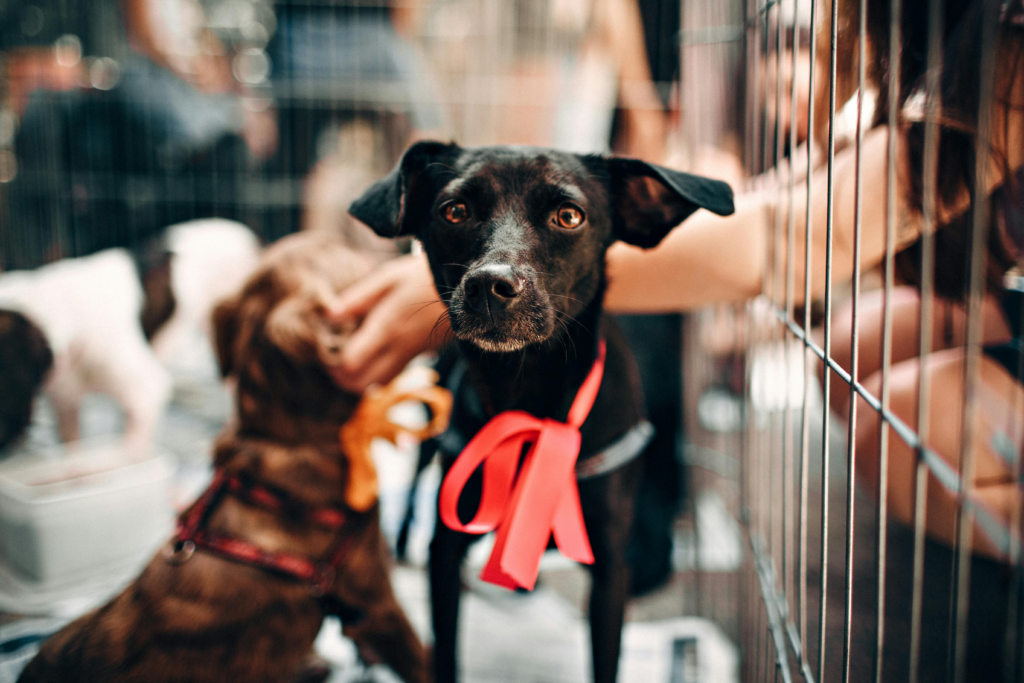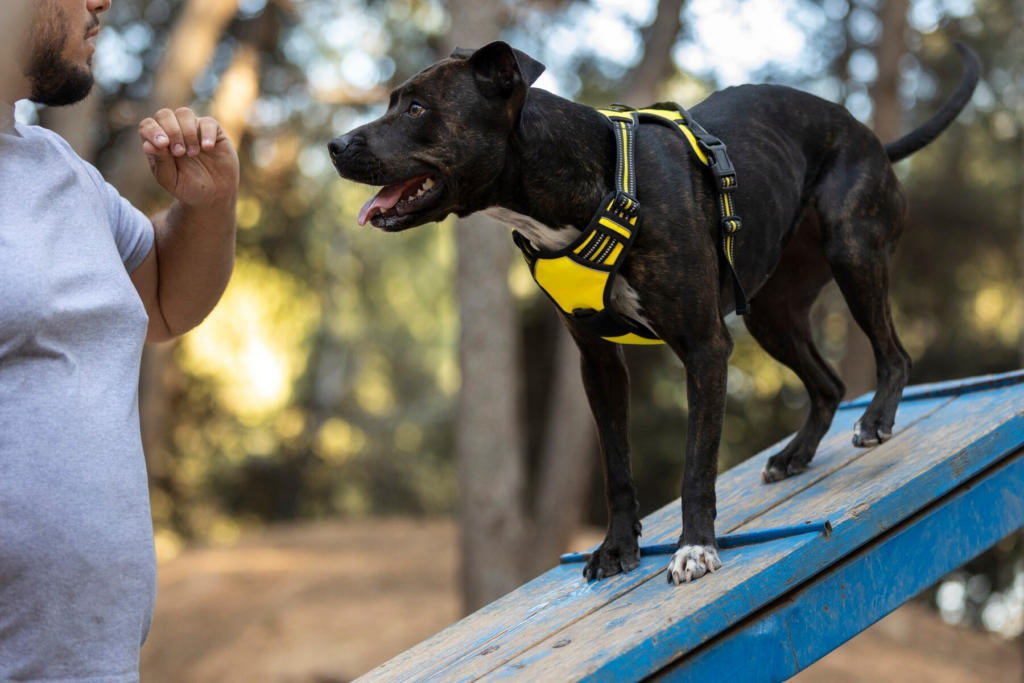
Every year, millions of dogs end up in shelters, many of them abandoned, neglected, or surrendered by their owners. While some of these dogs find loving homes, others remain in shelters for extended periods. However, many of these dogs have the potential to become service animals, providing life-changing support to individuals with disabilities. With the right training and care, shelter dogs can transition from uncertain beginnings to becoming reliable, skilled service animals.
Identifying Suitable Shelter Dogs
Not every dog is suited to service work, but many shelter dogs have the right temperament and abilities. The key traits of a good service dog include intelligence, adaptability, calmness, and a strong desire to bond with humans. Trainers and animal behaviorists assess shelter dogs for these qualities, observing their reactions to various stimuli, their trainability, and their ability to remain focused in different environments.
While some service dog programs breed their animals specifically for service work, shelter dog programs focus on rescuing and rehabilitating dogs with the right potential. This approach not only saves lives but also reduces the number of dogs in shelters while providing people in need with capable service animals.
Read more: Considerations When Training Shelter Dogs to Become Service Dogs
Training Process for Shelter Dogs
Training a service dog requires time, patience, and expertise. The process typically involves several stages:
1. Basic Obedience Training

Before a dog can learn specialized tasks, it must master basic commands like sit, stay, come, and heel. Obedience training establishes trust and helps the dog develop self-control, which is crucial for service work.
Read more: What Are the Basic Obedience Commands for Therapy Dogs?
2. Socialization and Exposure
A service dog must remain calm and composed in a variety of situations. Trainers expose shelter dogs to different environments, including busy streets, shopping centers, public transportation, and medical facilities. This helps the dogs become comfortable with crowds, noises, and other distractions.
Discover: How to Train Your Dog to Behave at Pet-Friendly Restaurants
3. Task-Specific Training

Depending on the needs of their future handler, service dogs are trained to perform specific tasks. Some may assist individuals with mobility impairments by retrieving items, opening doors, or providing balance support. Others may help individuals with psychiatric conditions by interrupting panic attacks, providing deep pressure therapy, or detecting signs of distress.
4. Public Access Training

Service dogs must be able to behave appropriately in public places. This includes remaining calm, ignoring distractions, and following commands even in high-stress situations. Dogs that pass this stage may receive certification, depending on local regulations.
Benefits of Training Shelter Dogs as Service Animals
Training shelter dogs to become service animals benefits both the dogs and the individuals they assist. These programs give homeless dogs a second chance at life, transforming them into valuable companions. For people with disabilities, a trained service dog can provide independence, security, and emotional support. Additionally, adopting shelter dogs for service work promotes animal welfare and helps reduce overcrowding in shelters.
Conclusion
With the right training, shelter dogs can become extraordinary service animals, making a profound difference in people’s lives. Organizations that rescue and train these dogs provide hope not only to the animals but also to individuals in need of support. By recognizing the potential of shelter dogs, we can create a more compassionate world where both animals and humans benefit.
Do you own an assistance animal? Register your pet today. The Service Animal Registry of California invites you to have your assistance animal registered in order to designate its status. We also encourage you to take our online classes so you can be fully aware of your rights and gain more knowledge about your support animal.
Finally, we present to you our book entitled, “ASSISTANCE ANIMAL LAWS: LEARN YOUR RIGHTS REGARDING SERVICE ANIMALS, EMOTIONAL SUPPORT ANIMALS, THERAPY PETS, AND OTHER DOGS, CATS, AND ASSISTANCE ANIMALS” to provide you with a complete education on assistance animals. Purchase your copy of the book by clicking the image below.

